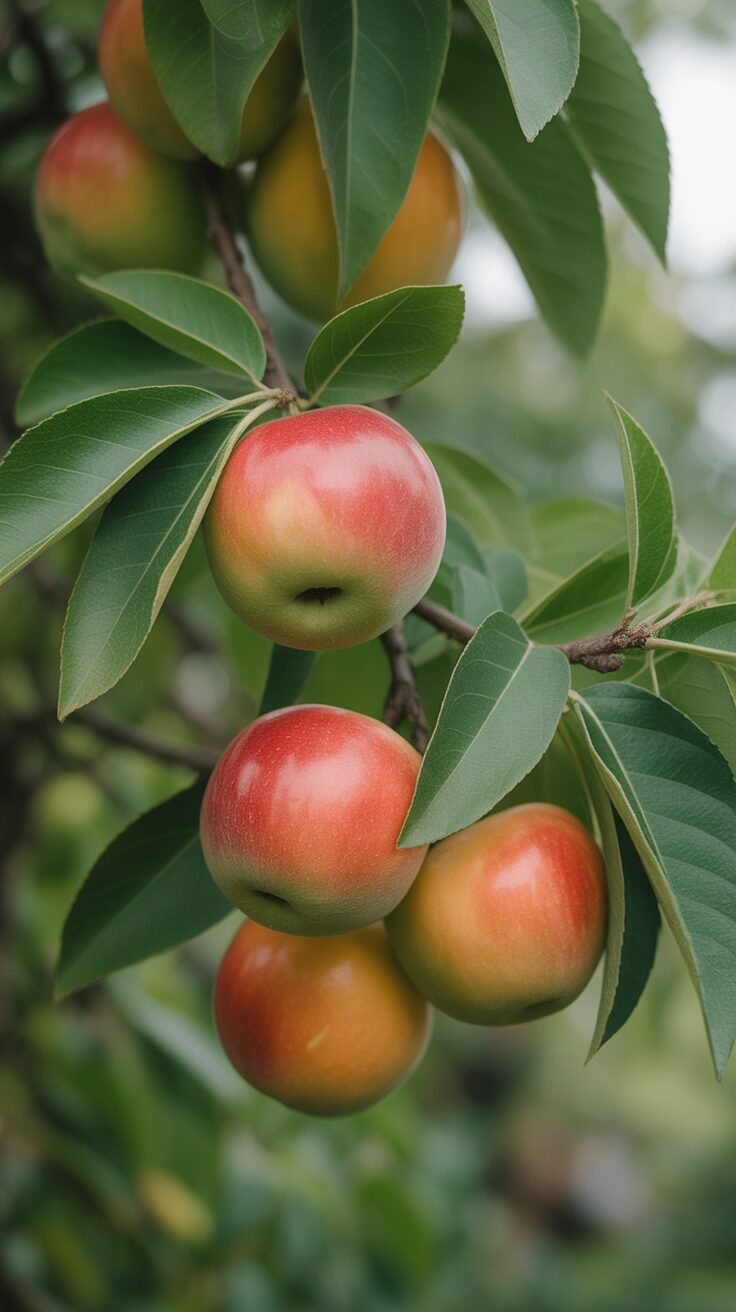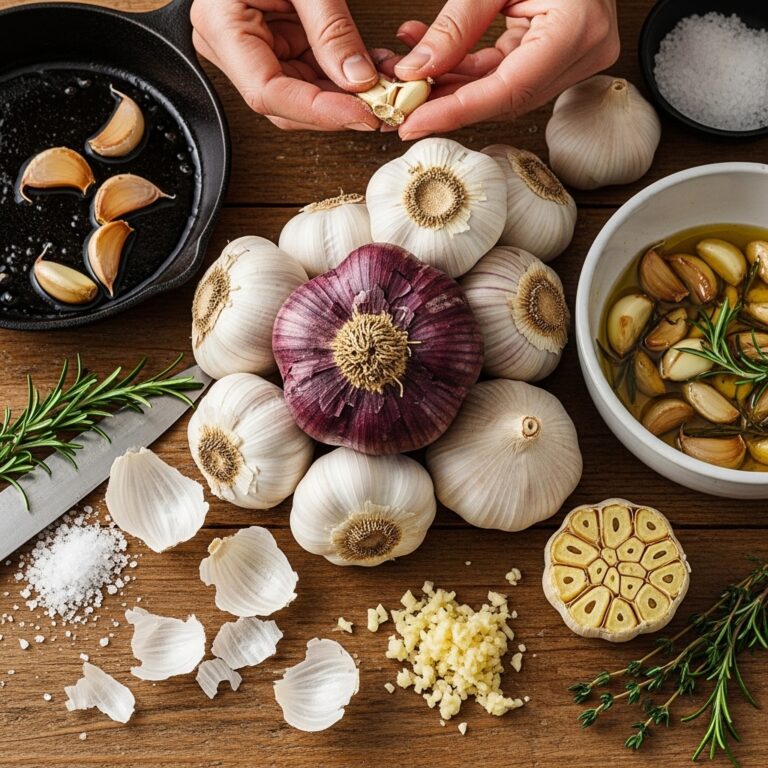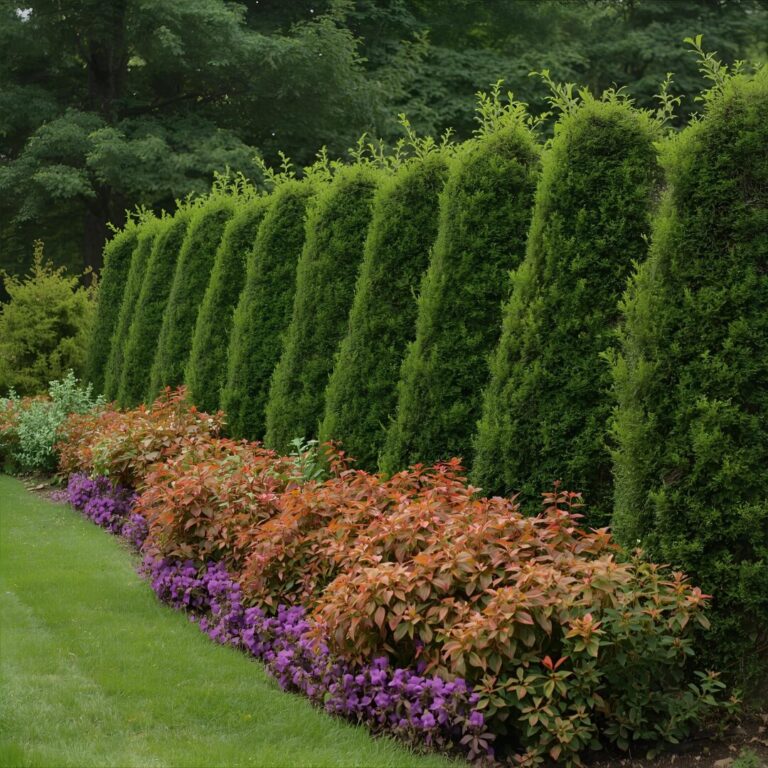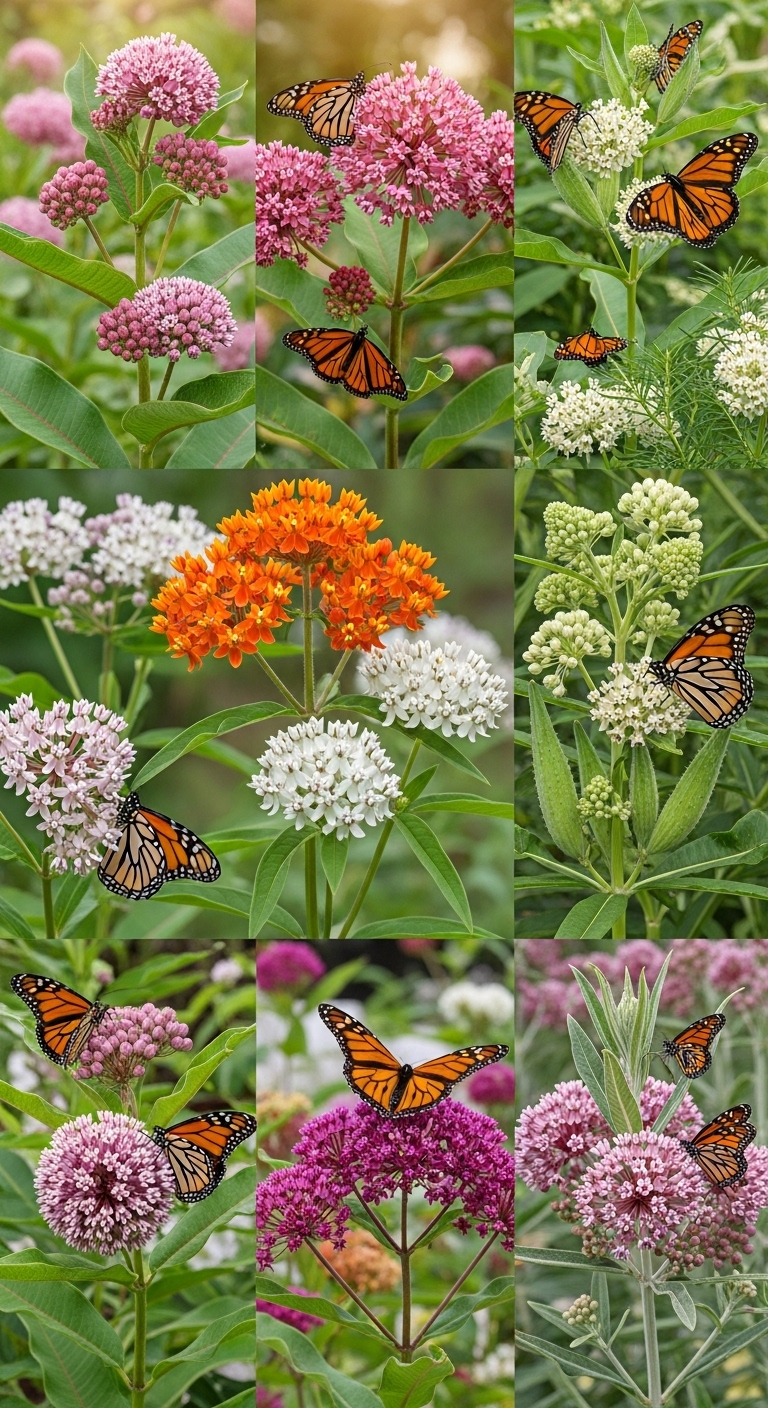10 Edible Flowers You’ll Wish You Started Growing Sooner
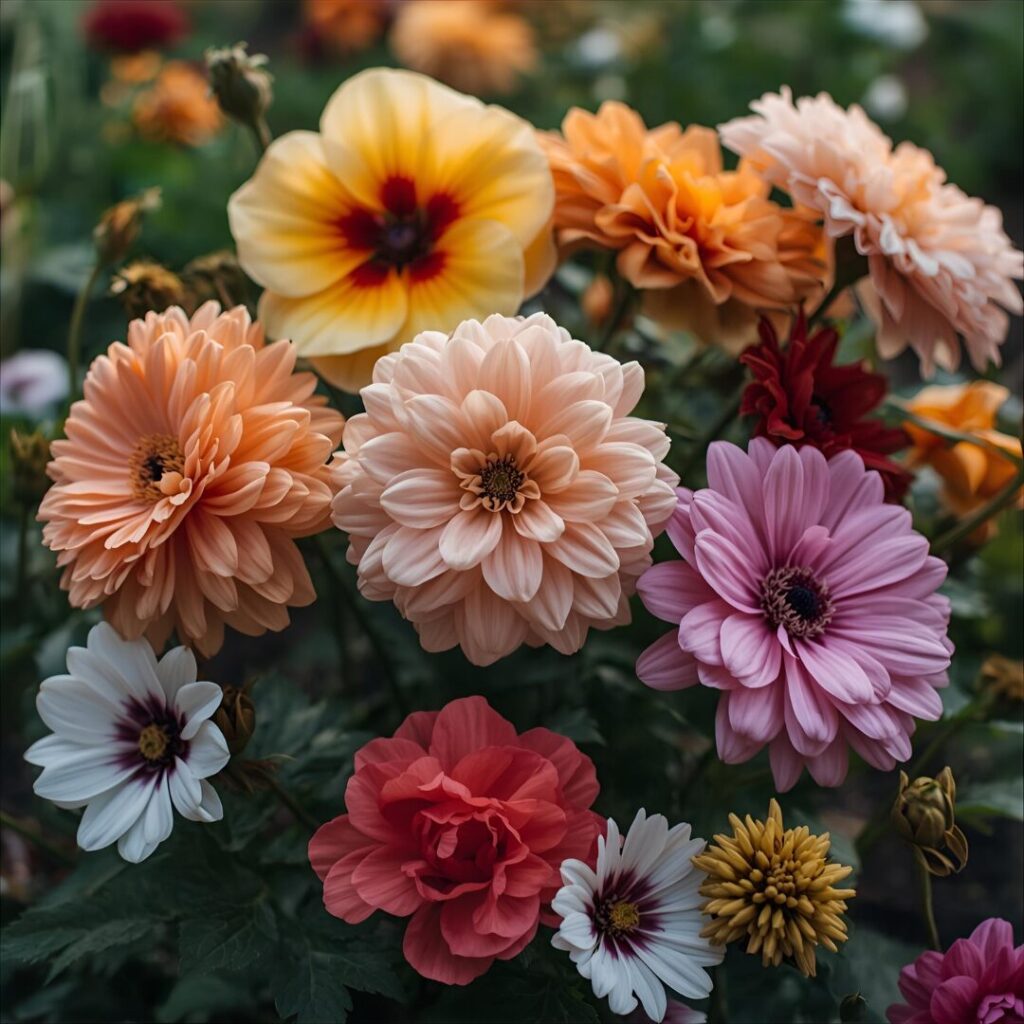
Growing edible flowers in your garden adds beauty, flavor, and nutrition to your outdoor space while providing fresh ingredients for your kitchen. These gorgeous blooms aren’t just pretty to look at—they offer unique tastes ranging from peppery and spicy to sweet and floral that can elevate any dish. Whether you’re garnishing salads, decorating cakes, infusing beverages, or creating gourmet meals, edible flowers bring color and creativity to your culinary adventures. Most varieties are surprisingly easy to grow, requiring minimal maintenance while producing abundant blooms throughout the growing season. Discover these ten incredible edible flowers that will transform both your garden and your cooking, making you wonder why you didn’t plant them years ago.
1. Nasturtiums
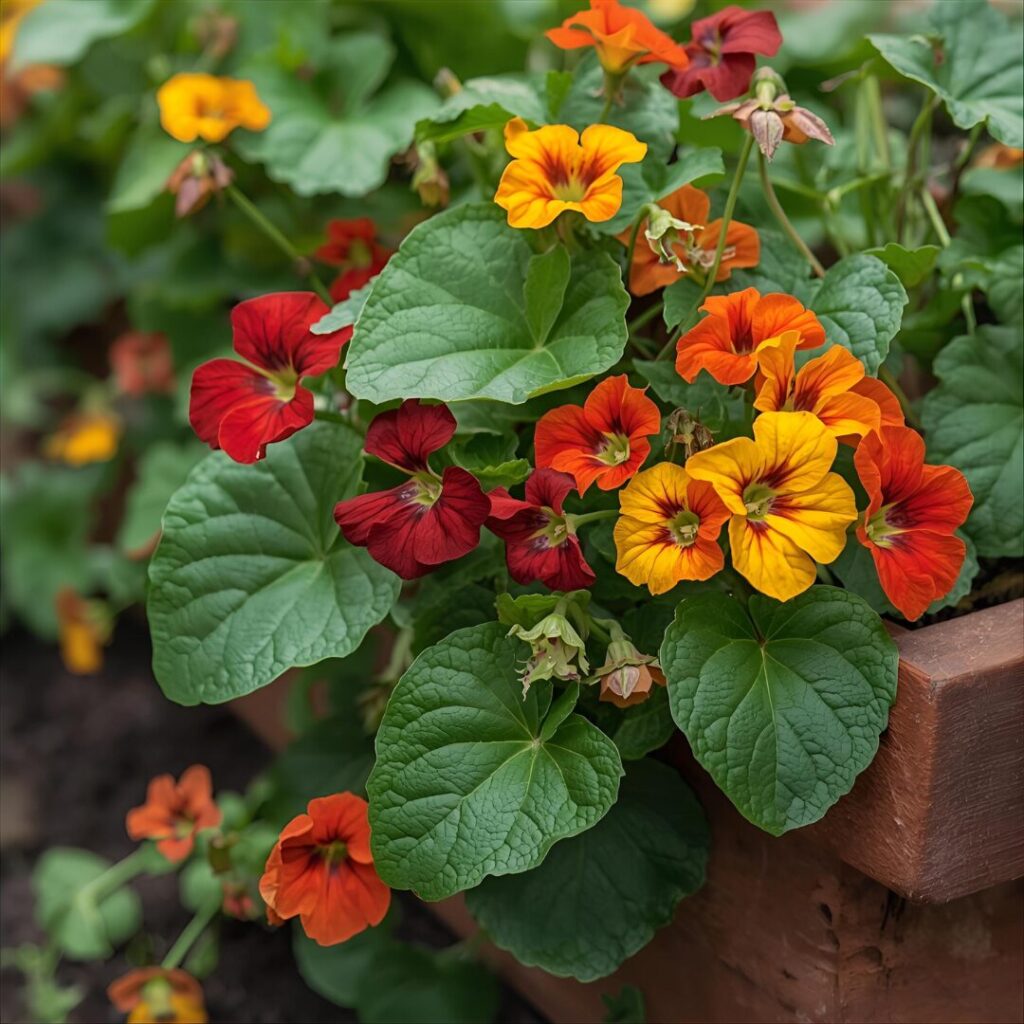
Nasturtiums are one of the easiest and most rewarding edible flowers to grow, thriving in poor soil with minimal care while producing vibrant orange, red, and yellow blooms. Both the flowers and leaves have a delightful peppery taste similar to watercress, making them perfect for adding a spicy kick to salads and sandwiches. These fast-growing annuals bloom continuously from spring until frost, providing you with a steady supply of colorful, flavorful additions to your meals. The hollow stems can be stuffed with soft cheese for elegant appetizers, while the entire plant is rich in vitamin C. Plant them in full sun and watch as they cascade beautifully over containers or climb up trellises with their trailing vines.
2. Calendula
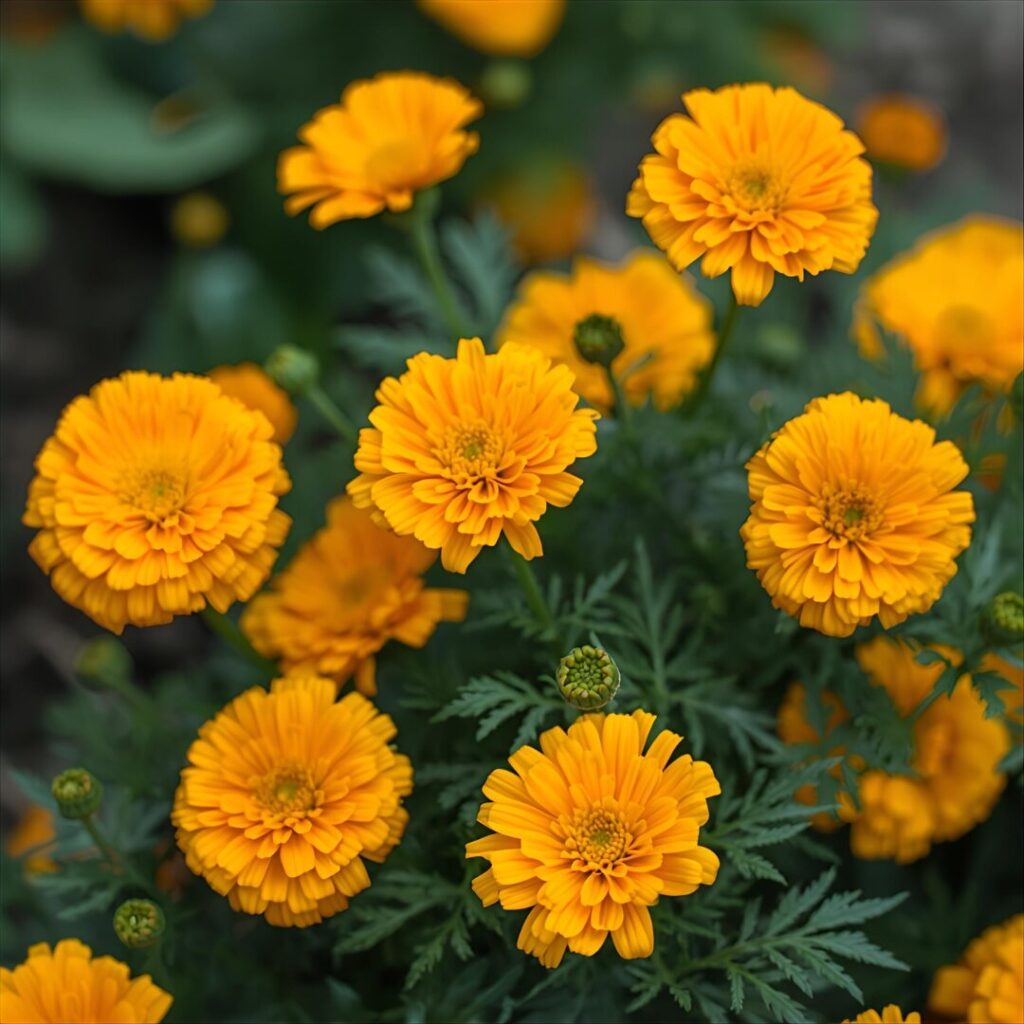
Calendula, also known as pot marigold, produces cheerful golden-orange flowers with a slightly tangy, peppery flavor that adds color and nutrition to countless dishes. The petals have been used for centuries in cooking and medicine, offering anti-inflammatory properties and a sunny appearance that brightens any plate. Sprinkle the bright petals over salads, soups, rice dishes, or use them as a natural food coloring in place of expensive saffron. These hardy annuals self-seed readily, meaning you’ll have them returning to your garden year after year with no extra effort. Calendula thrives in full sun to partial shade and continues blooming prolifically even in cooler weather when other flowers have faded.
3. Lavender
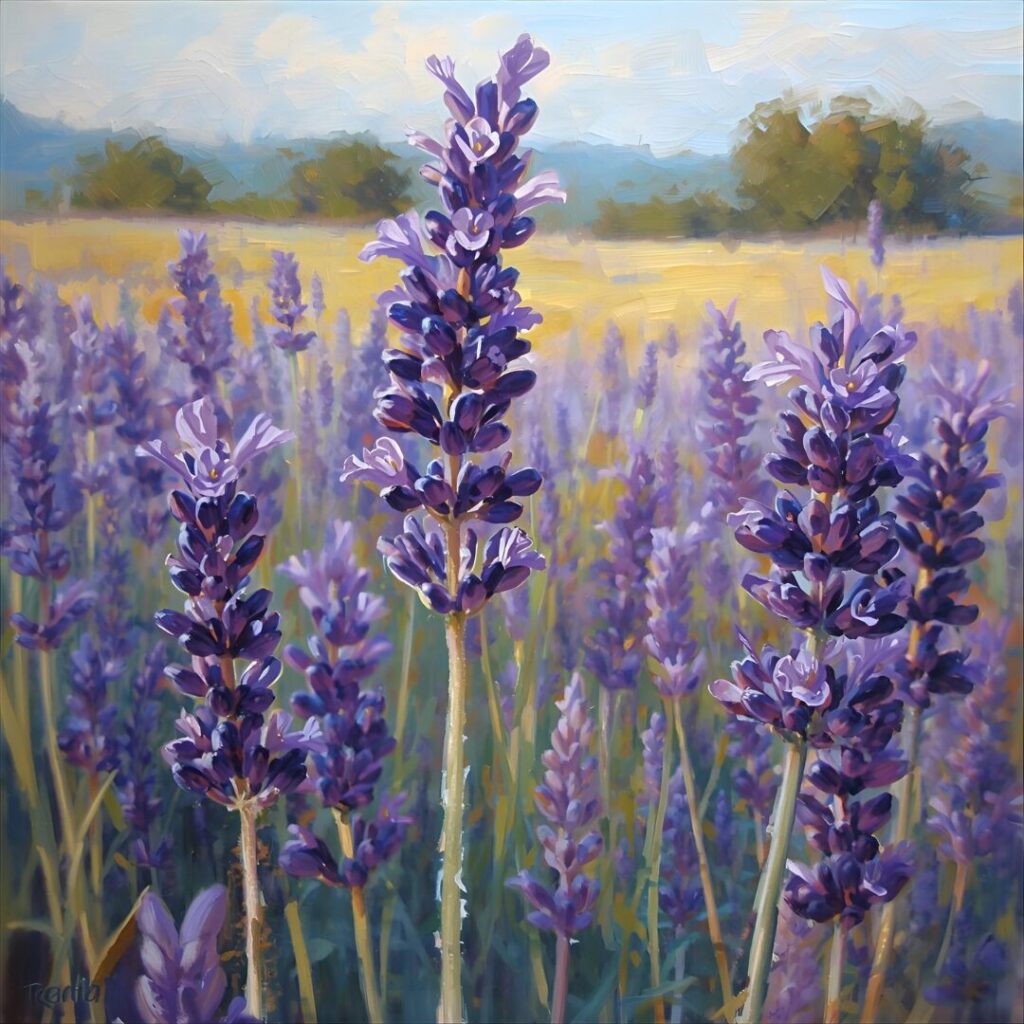
Lavender flowers bring a distinctive floral, slightly sweet flavor with herbal notes that works beautifully in both sweet and savory recipes. Use the buds sparingly in baked goods like shortbread cookies, scones, and cakes, or infuse them into honey, sugar, or tea for aromatic treats. This drought-tolerant perennial requires minimal watering once established and fills your garden with intoxicating fragrance while attracting beneficial pollinators like bees and butterflies. Harvest the flower buds just before they fully open for the most concentrated flavor and strongest aroma. Lavender thrives in full sun and well-drained soil, returning year after year with increasingly abundant blooms that you can dry for year-round use.
4. Pansies and Violas
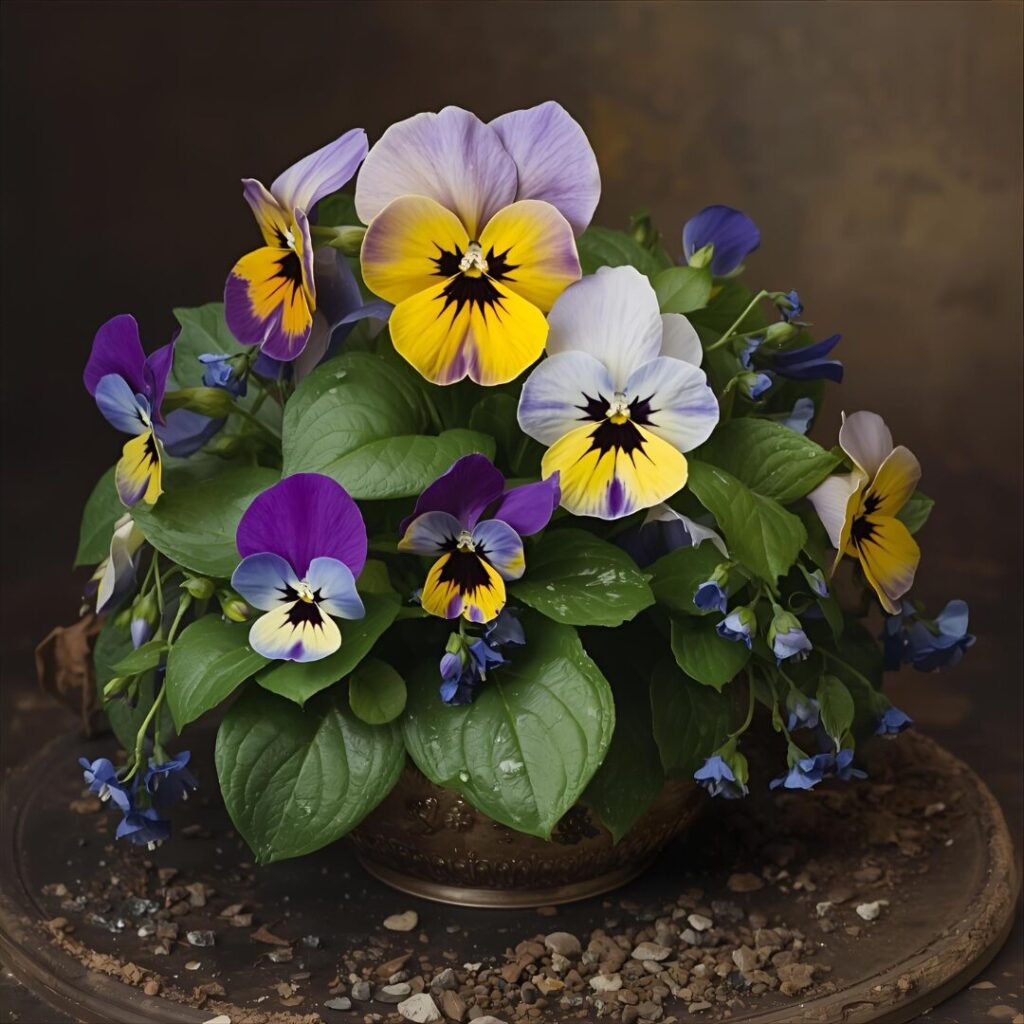
These charming flowers with their cheerful “faces” offer a mild, slightly grassy flavor and are incredibly versatile for decorating everything from salads to desserts. The delicate petals come in stunning color combinations including purple, yellow, white, and orange, making them perfect for adding visual appeal to any dish. Freeze individual blooms in ice cubes for elegant drinks, press them onto frosted cakes, or scatter them fresh over fruit salads and cheese platters. Pansies and violas are cool-season flowers that bloom abundantly in spring and fall, tolerating light frosts better than most edible flowers. Plant them in partial shade to full sun and deadhead regularly to encourage continuous blooming throughout their growing season.
5. Borage
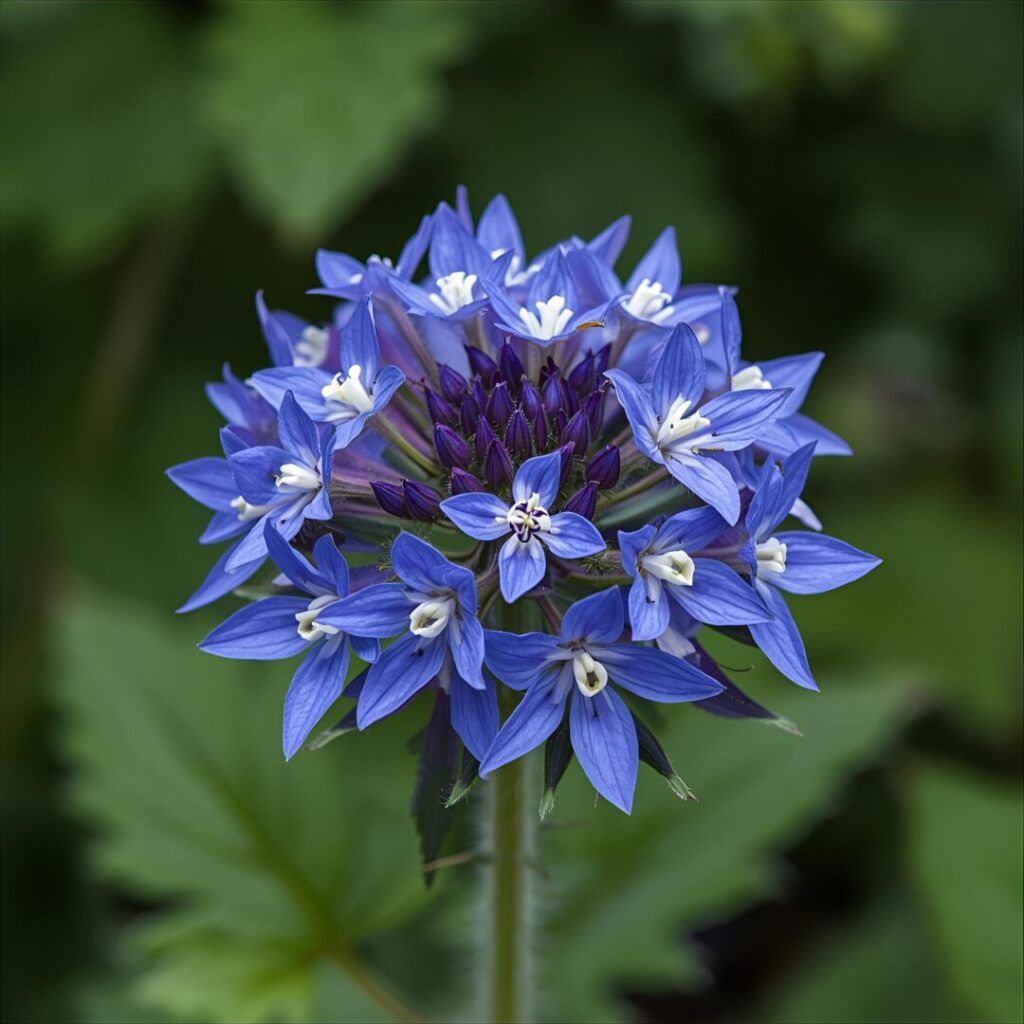
Borage produces stunning star-shaped blue flowers with a crisp, cucumber-like flavor that makes them perfect for garnishing summer drinks and cold soups. The flowers are traditionally floated in Pimm’s cups and gin cocktails, but they also add beautiful color to salads and frozen into ice cubes. This self-seeding annual grows vigorously with minimal care, reaching up to three feet tall with fuzzy leaves and continuous blooms from early summer until frost. Bees absolutely love borage flowers, making them an excellent companion plant that attracts pollinators to your entire garden. The young leaves are also edible and taste like cucumber, giving you two edible parts from one easy-to-grow plant.
6. Roses
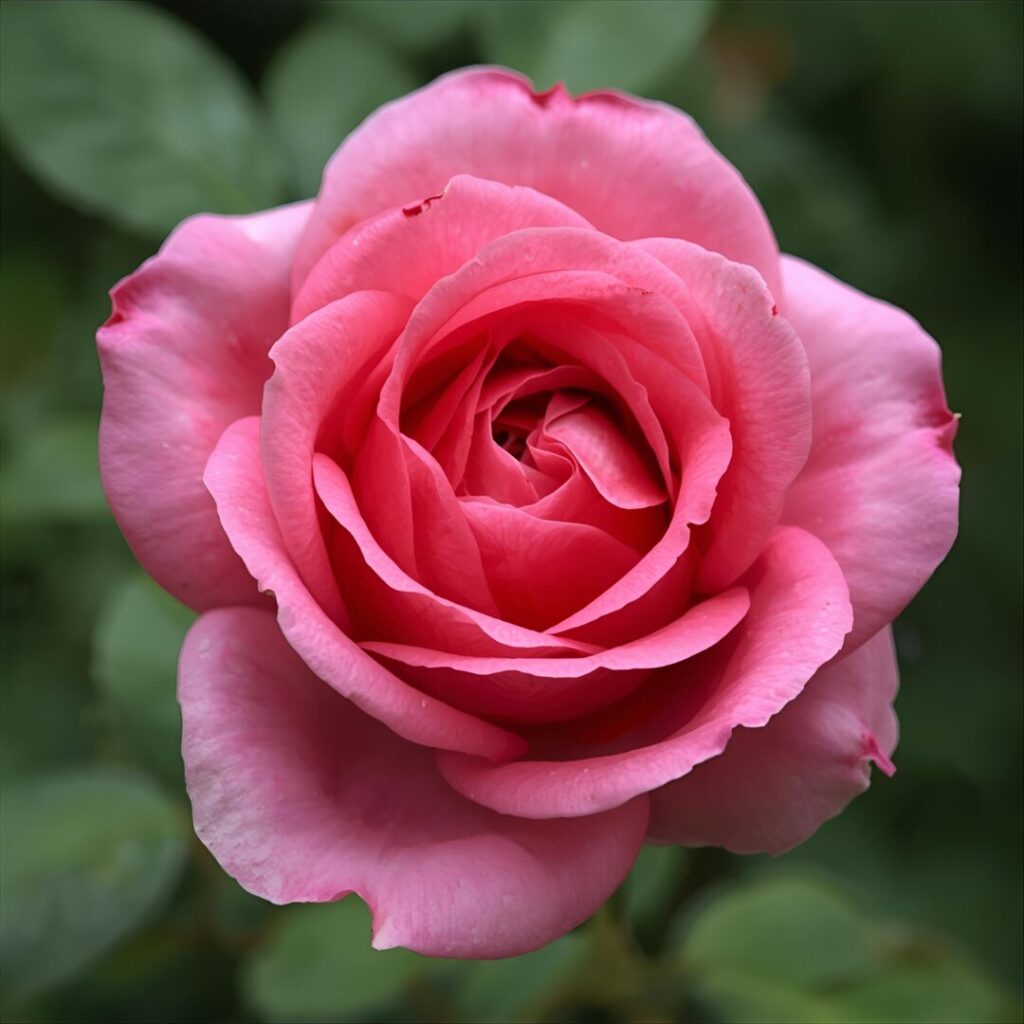
Rose petals offer sweet, aromatic flavors that vary in intensity depending on the variety, with darker, more fragrant roses generally providing stronger taste. Use fresh petals to make rose water, rose syrup, rose jelly, or scatter them over salads, desserts, and Middle Eastern dishes for elegant presentation. Remove the bitter white base of each petal before eating, and always choose roses grown without pesticides specifically for culinary use. All rose varieties are edible, but fragrant garden roses and old-fashioned varieties typically offer better flavor than modern hybrid tea roses. These perennials return year after year, and you can harvest petals throughout the blooming season without harming the plant’s health.
7. Sunflowers
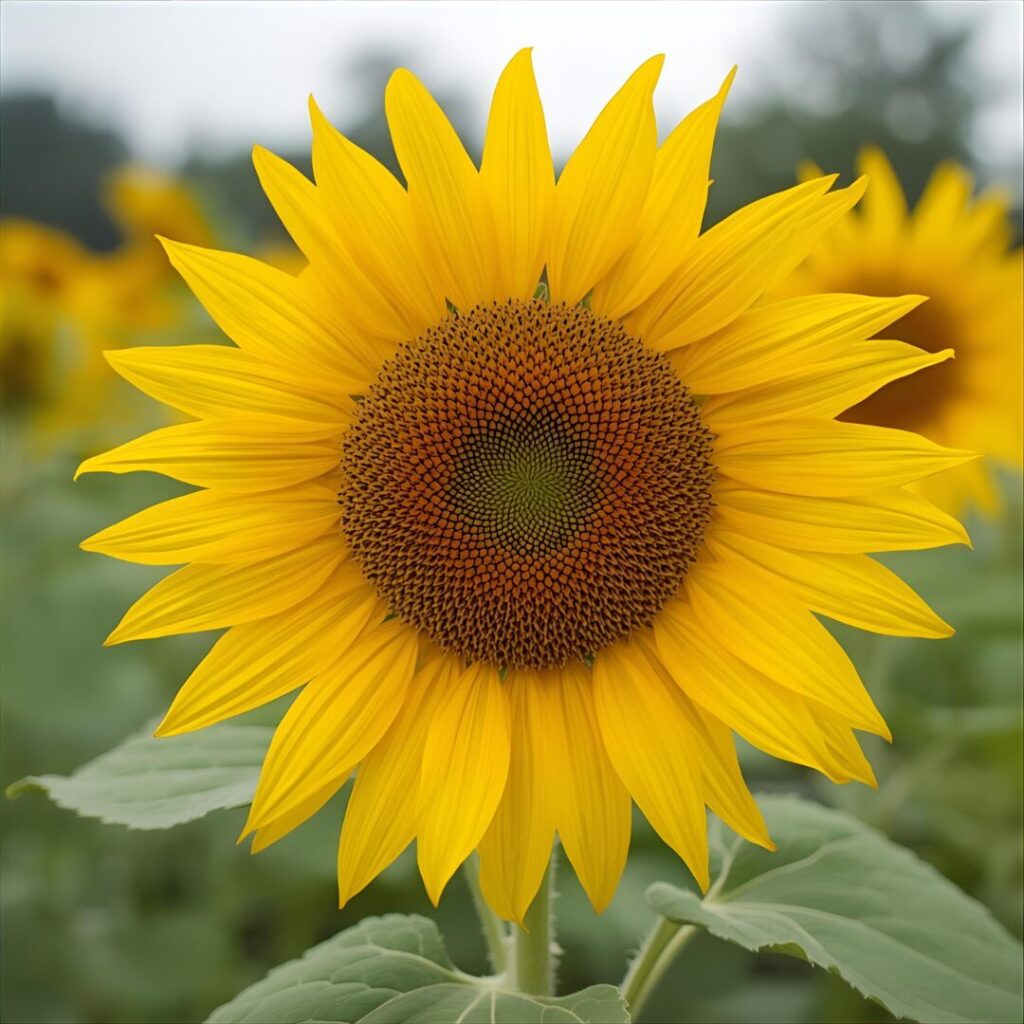
Sunflower petals have a slightly bitter, earthy flavor while the unopened buds can be steamed and eaten like artichokes for a unique vegetable. The petals add cheerful yellow color to salads, and you can also harvest the nutritious seeds once the flower heads mature and dry. Choose smaller, branching sunflower varieties rather than giant single-stem types to get more flowers and longer harvest periods throughout the season. These easy-to-grow annuals thrive in full sun and poor soil, requiring minimal maintenance while producing impressive blooms that also attract birds and beneficial insects. Plant seeds directly in the garden after the last frost and enjoy both the visual impact and edible rewards these towering beauties provide.
8. Chive Blossoms
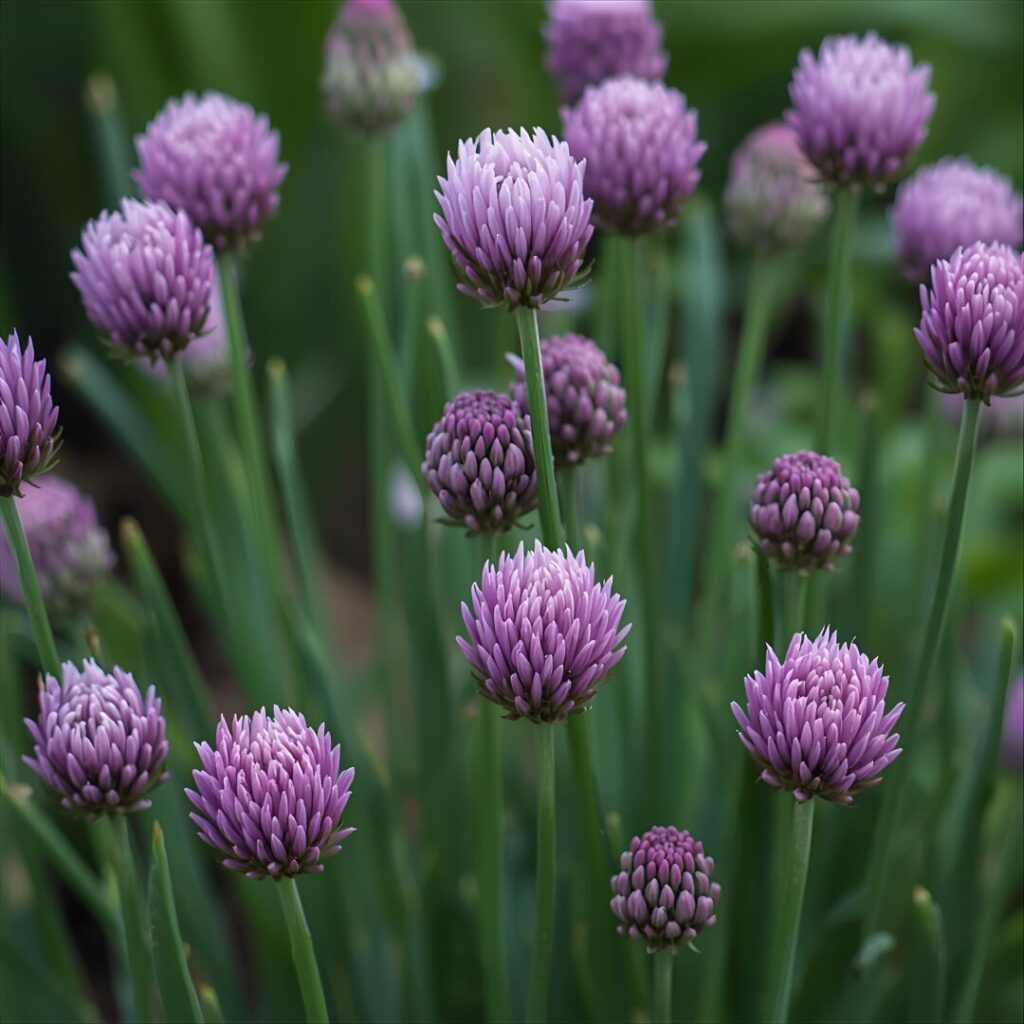
Chive flowers are mild, onion-flavored blooms that separate easily into individual purple florets perfect for sprinkling over soups, salads, and potato dishes. The delicate onion taste is milder than the leaves, making the flowers ideal for people who want subtle allium flavor without overwhelming other ingredients. These perennial herbs return reliably every spring, multiplying over time to create larger clumps that produce more flowers each year. Harvest the blossoms when they’re fully open but still fresh, and they’ll continue producing new flowers throughout the growing season if you keep cutting them. Chives grow well in containers or garden beds, tolerating partial shade and requiring virtually no maintenance once established.
9. Chamomile
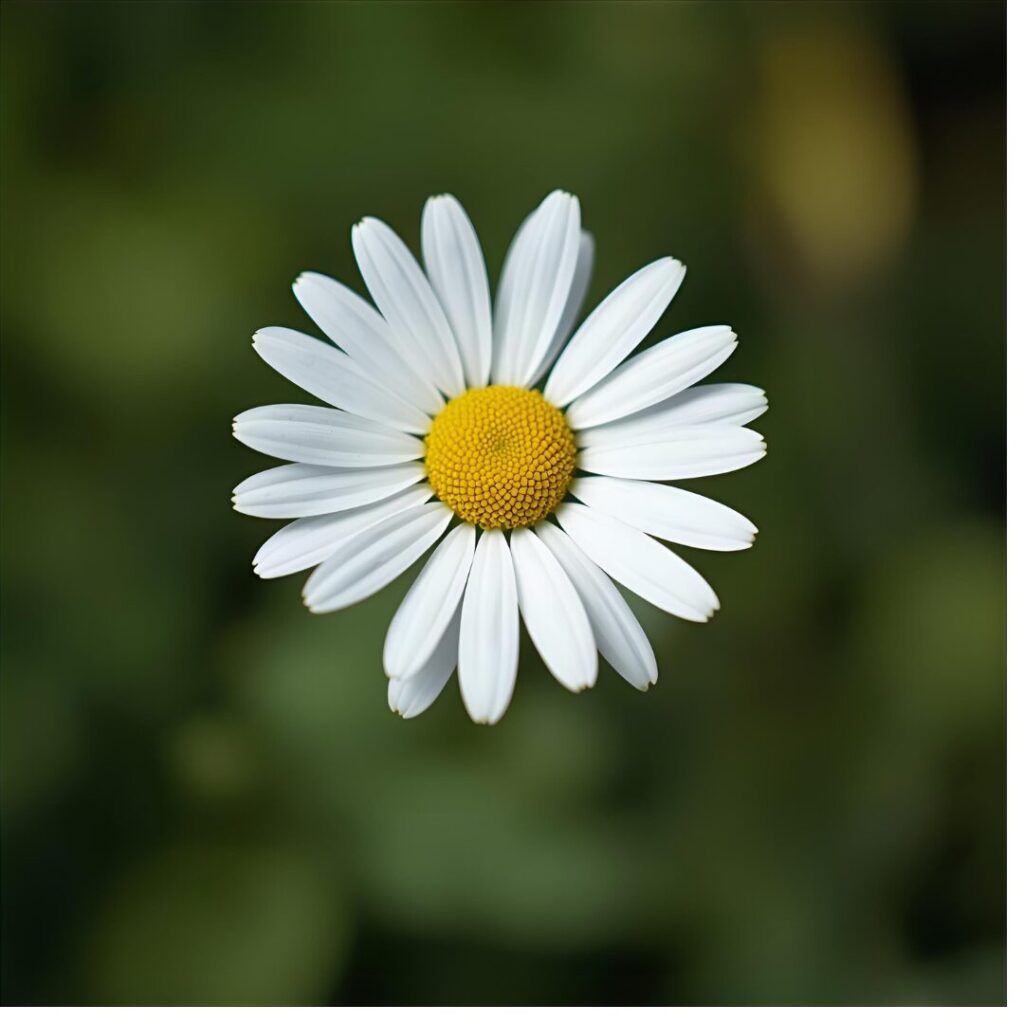
Chamomile’s tiny daisy-like flowers taste sweet and apple-like, making them perfect for brewing into soothing teas or adding delicate flavor to desserts and salads. This gentle herb has been used for centuries as a calming tea that promotes relaxation and aids digestion when steeped in hot water. The low-growing plants spread to create a fragrant ground cover that releases apple scent when walked upon, and they self-seed readily for future harvests. Harvest the flowers when they’re fully open and the white petals begin to turn downward, then dry them for long-term storage and year-round tea. Chamomile grows best in full sun to partial shade and tolerates poor soil, making it one of the easiest edible flowers for beginning gardeners.
10. Squash Blossoms
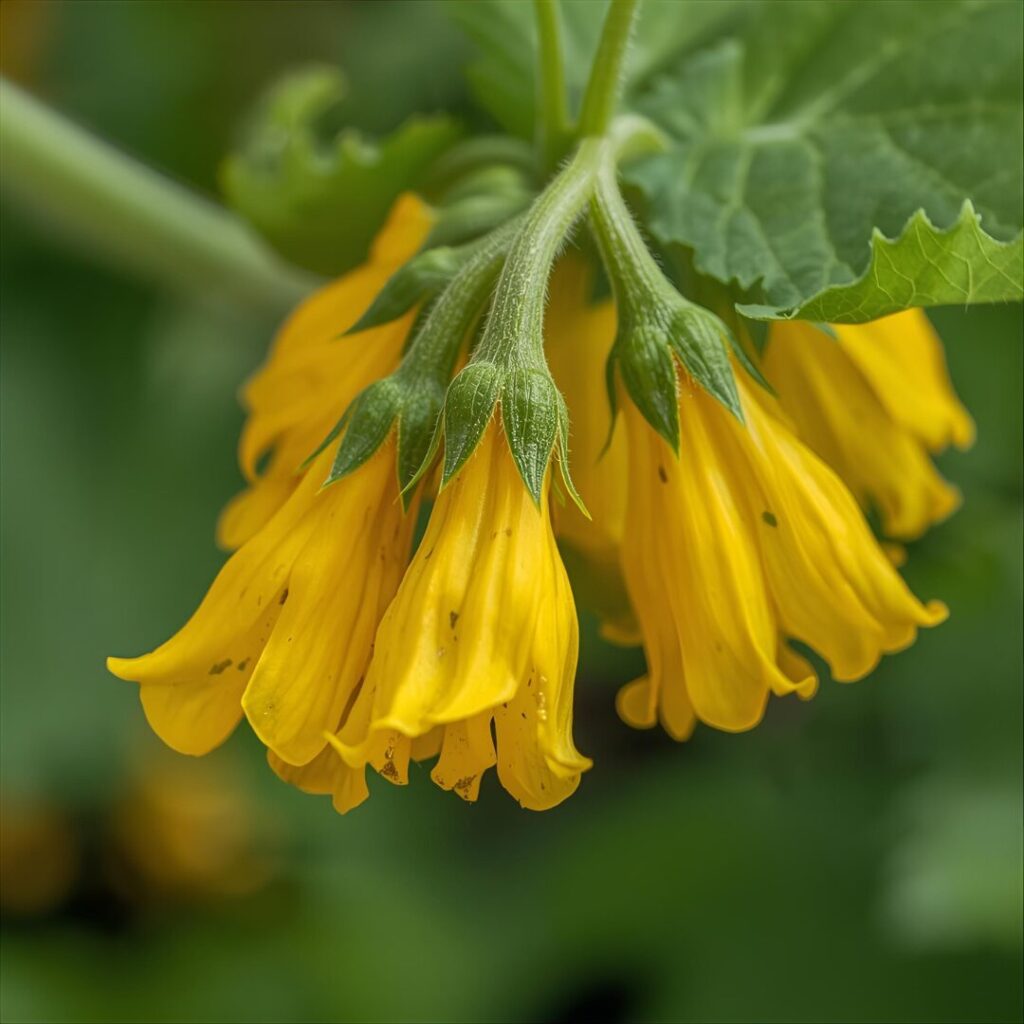
These large, bright orange-yellow flowers from zucchini, pumpkins, and other squash plants are considered a delicacy with a mild, slightly sweet flavor. The blooms are traditionally stuffed with cheese and herbs, then lightly fried in a crispy batter for an elegant appetizer popular in Italian and Mexican cuisine. Harvest male flowers (ones without a small fruit at the base) in the morning when they’re fully open, leaving female flowers to develop into vegetables. Each plant produces abundant male flowers, so you can harvest plenty for cooking without reducing your vegetable yield. These tender blossoms should be used immediately after picking as they wilt quickly, but their delicate flavor and texture make them worth the effort.
Conclusion
Growing edible flowers transforms your garden into both a beautiful landscape and a productive source of unique culinary ingredients that impress family and guests. These ten varieties offer diverse flavors, colors, and uses while requiring minimal gardening expertise or special care to thrive in most climates. Start with one or two that appeal to your taste preferences, then expand your edible flower collection as you gain confidence in growing and using them. Remember to always identify plants correctly, grow them organically without pesticides, and introduce new flowers to your diet gradually to ensure no allergic reactions. Your garden will become more vibrant, your meals more creative, and you’ll wonder why you waited so long to discover the joy of growing these stunning, delicious blooms.

